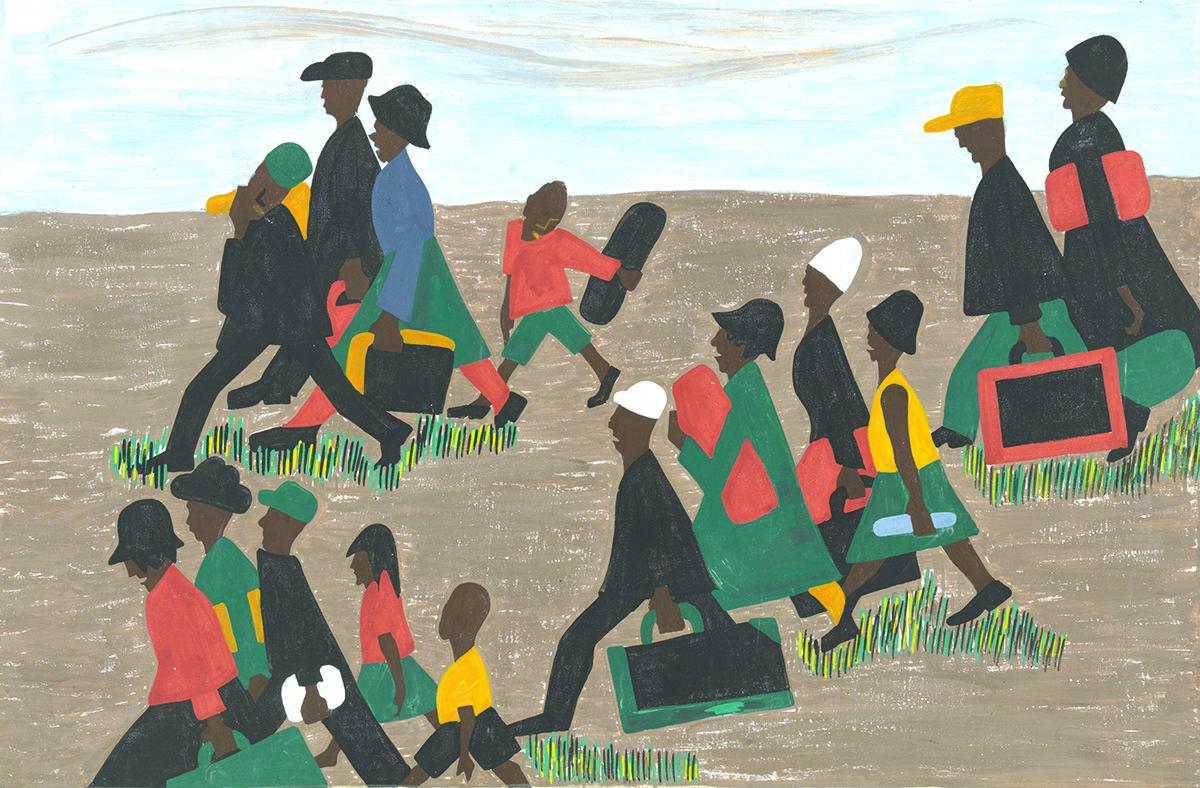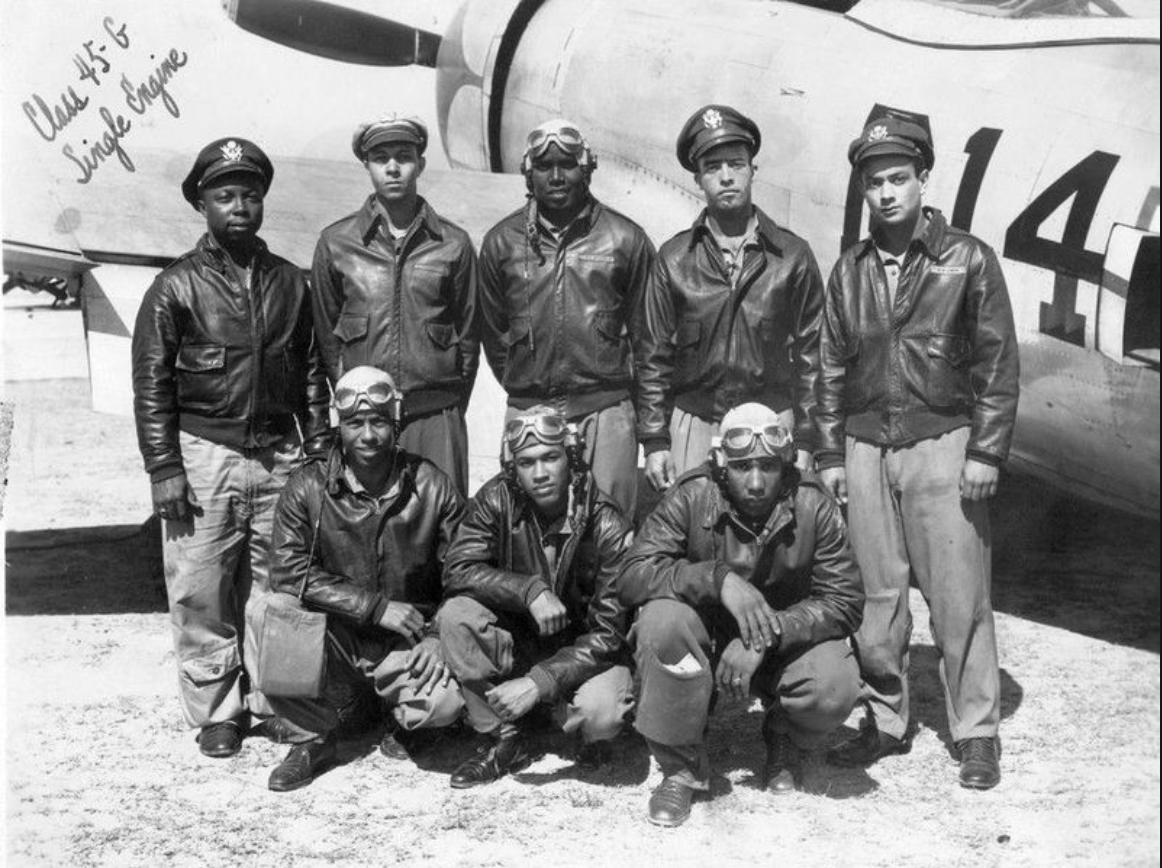Lynching’s Near Home and Connections to Wells
Peyton O’Laughlin
In February, while on social media, I came across a post about a young black man from the late 1800’s. The man was accused of raping a white woman and the price he paid was with his life. The significance of the tale of this is that this lynching happened about fifteen miles from my home and is one of two lynching’s that occurred in this area.
In June of 1897, in Urbana, Ohio, Charles “Click” Mitchell, pleaded guilty to the rape of Eliza Gaumer. The night of June 4, 1897, Charles Mitchell was then placed in the local Urbana jail and would be soon transported to the state penitentiary in Columbus Ohio. Reportedly, local citizens had caught the attention of Mitchell’s crime and a mob formed around the courthouse where the trial was being held. Later, before Mitchell could be transported to Columbus, the mob surrounded the local jail, battered the doors with sledgehammers and attempted to seize Charles Mitchell. In order to protect the jail, the local, national guard or “militia” opened fire on the crowd and killed two men and injured eight men. Mitchell was seized by the mob, beaten to near death, and then hung in the courthouse square.
First, I want to distinguish the size of the mob. The reports vary in numbers. Some articles claimed there were hundreds of citizens in the lynch mob, one article claimed there to be about 1,500 people. Regardless, we can assume there was a large number of citizens in this mob. Second, I want to distinguish the hanging. I was very censored with the description. One article I found describes the incident of Mitchell’s hanging in extreme detail. All I can say is that this incident was very barbaric, at one point during the attack on this man, men in the mob struck him with hammers and clubs. The article states, “Men hacked at it [Mitchell’s Body] with clubs and hammers, and when the body was taken down and laid in the grass, it was almost unrecognizable.” To describe the events after the lynching, The Indianapolis News stated, “The mob refused to part with the victim, and claimed him as a spectacle to be viewed all day. When the sight-seeing was over the rope was cut into bits and passed around. The bark on the maple tree was stripped beyond arm’s length. Then to get keepsakes of the affair, the dead man’s clothes were cut. First, his tan shoes, then his black socks were taken, then snip by snip pieces were cut from his trouser legs and coat.” Charles Mitchell was made a spectacle of and pieces from the incident were taken as mementos.
I was able to make connections between the incident to Ida B. Wells, Southern Horrors. In Chapter 2 of Southern Horrors, Wells goes through the subject of black men that are accused of raping white women. The chapter begins by explaining how a minister’s wife from Elyria, Ohio accused a black man, of rape. The wife told her husband that a black man broke into their house while the minister was absent. The man was caught and the courts found him guilty after he pleaded that he wasn’t. After the man had already served four years in the federal penitentiary, the minister’s wife confessed the truth of the incident. The wife had met the black man at the post office, he was polite to her, and after courting her, he made a proposal, presumably about sexual relations with the minister’s wife, and she readily consented. The minister’s wife later lied about being raped because, “the neighbors saw the fellows here,” and, “was afraid that I had contracted a loathsome disease.” Many reports about white women that were allegedly raped by white women ended in lynch mobs taking the law into their own hands. These mobs mainly contained white men trying to make examples of black men about trying to court white women.
Eliza Gaumer, the woman that accused Charles Mitchell, was a widow in her mid-forties and was described by The Indianapolis News as, “small and handsome and is spoken of by everybody here as a lady of culture and character.” Gaumer couldn’t give her testimony in court because she was “bedridden” and was “compelled’ to give her testimony from bed via the town mayor who was hearing her case. Later, after hearing of the lynching, the son of Gaumer, Charles Gaumer, told the newspapers that, “she received the news of the lynching with every manifestation of satisfaction, but expressed regret for the killing of innocent people at the jail last night.” Gaumer was described as not being present for either her testimony or her remarks to the newspapers. All of her words were reported by men of the community or family. One paper reported that, prior to the accusations against Mitchell, the two individuals only encountered when Mitchell came to buy milk from Gaumer. It was reported that Gaumer was attacked and raped on a day where Mitchell came to purchase milk from her. The Indianapolis News, when writing about the events that led to the mob, stated, ” There were whispers of scratchings, bitings, and chokings. On the authority of the statement of Dr. Henderson, Mrs. Gaumer’s physician, to an intimate friend, it can be said that part of this story was exaggerated, and also that she will recover from her injuries.” From what I’ve proposed in this post, is it possible that Mrs. Gaumer had invited Charles Mitchell into her home for sexual relations and, out of fear that the neighbors had caught sight of a black man leaving her home had concocted a story where Mitchell had raped her? Is it possible that the citizens of the town had made false claims against Mitchell because of pre-existing notions about sexual relationships between different races?
I want to quickly discuss another lynching that was juxtaposed to the lynching of Charles Mitchell. The Indianapolis News covered the story of the lynching of Charles Mitchell and brought up a white man, by the name Ullery, who was lynched twenty years prior to Charles Mitchell. Ullery pleaded guilty to raping a young girl. Later, after Ullery’s trial, forty men raided the Urbana jail, captured Ullery, put him in a “box”, and allowed him two minutes to prepare for death. After the two minutes, Ullery was then hung in the courthouse square. His body was unclaimed and later buried in the local cemetery.
Now that I recounted two different lynching’s, do you believe that the lynching of Charles Mitchell, was based on racism?
The Lynchings were about twenty years apart, but given the similarities in the crimes that the men were accused of, the fact that both men pleaded guilty to their alleged crimes, and both men were put to death in the same fashion, was the lynching of Charles Mitchell based on racism? When considering this question, please take into account the differences in the sizes of the lynch mobs, the actions taken by the lynch mobs once the individual that they were seeking was seized, and how the individuals were treated after the lynching had occurred.
I apologize if anyone was offended by this post. I did not intend on offending anyone I was only attempting to shed light on a local, historical event from near my home that involved race.
Citations:
Ohio Lynchings: Charles “Click” Mitchell (L. L. Gustafson, Trans.). (n.d.). Retrieved March 20, 2018, from http://www.genealogybug.net/ohio_alhn/crime/mitchell.htm
Last, A. (1970, January 01). Strange Fruit and Spanish Moss. Retrieved March 20, 2018, from http://strangefruitandspanishmoss.blogspot.com/2014/06/june-4-1897-charles-click-mitchell.html
Campbell, W. J. (2006). The year that defined American journalism: 1897 and the clash of paradigms [Google Preview]. Routledge. Retrieved March 20, 2018, from https://books.google.com/books?id=iiZGAQAAQBAJ&pg=PT68&lpg=PT68&dq=charles+click+mitchell&source=bl&ots=sTvlcWA0Oh&sig=CRAq0Py0WMxgjYUU2xZDrg8AlfA&hl=en&sa=X&ved=0ahUKEwil-57CpfnZAhVIzlkKHeryAKQQ6AEIVzAF#v=onepage&q&f=false
Middleton, E. P. (1917). History of Champaign County, Ohio its people, industries and institutions(Vol. 1) [Google Preview]. B.F Bowen. Retrieved March 20, 2018, from https://books.google.com/books?id=TdQyAQAAMAAJ&pg=PA1143&lpg=PA1143&dq=ullery+lynching&source=bl&ots=6C1HCoYuv7&sig=t2JreINmPPYBwr71QEhM5ljI0Co&hl=en&sa=X&ved=0ahUKEwjQhLz2ufnZAhUBvFkKHVtzBv8Q6AEIOTAD#v=onepage&q=ullery%20lynching&f=false
Wells, Ida B. (1892) Southern Horrors. Lynch Law In All Its Phases (n.d.) The New York Age Print

